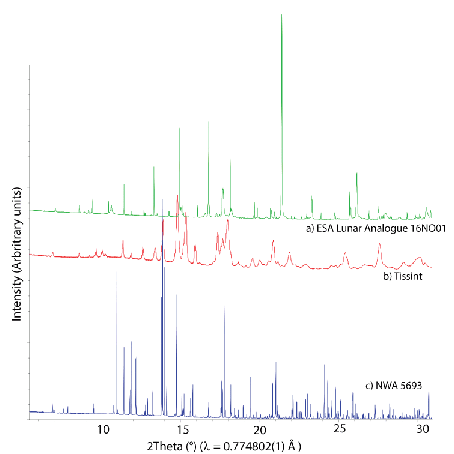
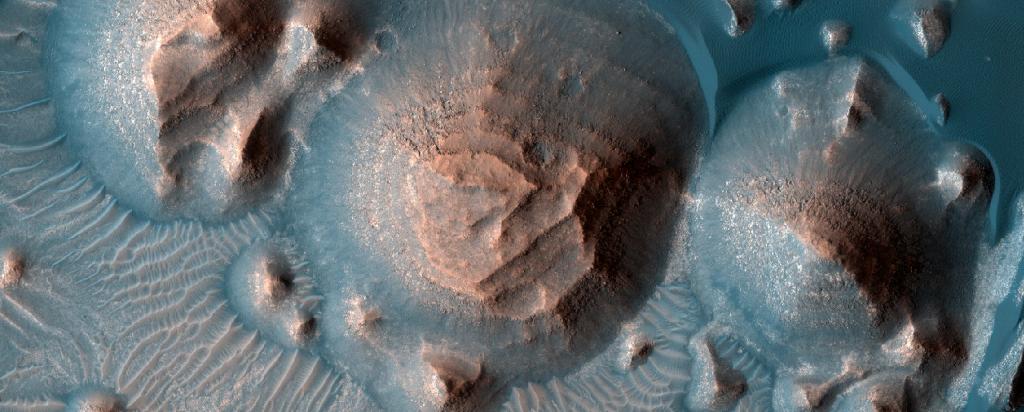
The characterisation of planetary materials
ANSTO provides a range of capabilities using neutrons, X-rays and infrared radiation to study the solids, liquids and gases that might be found in materials in our solar system and beyond.
With supporting sample environments available to recreate the conditions of distant planetary worlds, ANSTO’s instruments can provide key experiments to understand about the interior, surface and atmosphere of planets and moons, other bodies and help explain unique features.
Experiments can be conducted in simulated environments that re-create extreme pressure, temperatures, stress, and magnetic fields present is space.
Astrophysicists, aeronautical engineers, planetary geologists and other researchers can access to specialised techniques at ANSTO’s Australian Centre for Neutron Scattering and the Australian Synchrotron for their investigations.
These techniques include:
Synchrotron X-ray diffraction is used to determine the crystal structure and properties of materials, phase transitions, real-time chemical and mineralogical processes, negative thermal expansion and dynamic phenomena.
ANSTO’s Australian SynchrotronHigh-resolution Powder diffraction beamlinehas been used in a number of planetary studies. This beamline is able to fingerprint materials and perform in situ analysis with very small samples.

Fingerprint X-ray diffraction data comparing: A European Space Agency Lunar analogue material compared to a Martian (Tissint), and a Lunar (NWA 6963) meteorite. The position of the peaks is characteristic of the minerals present
In the emerging area ofIn Situ Resource Utilization (ISRU), the powder diffraction beamline is being used to test the properties of lunar and martian materials, and compare them to the simulants that are being used to develop novel resources for use in upcoming crewed missions to the solar system.
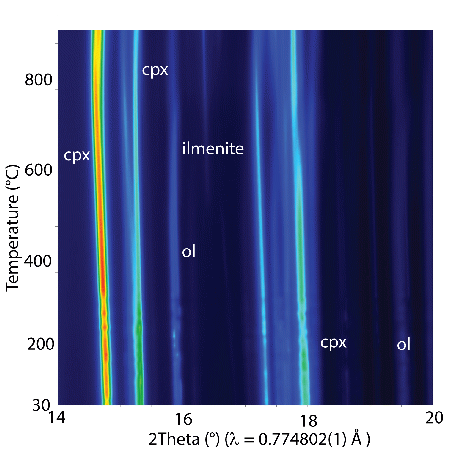
The evolution of peaks in a Martian meteorite as it is heated. The movement and intensity in a peak describes the thermal behaviour and properties of the material. The minerals here are Clinopyroxene (CPX), olivine (Ol) and ilmentite
Neutron Diffraction
Neutrons are particularly good probes of light elements, and hence can be a powerful tool in investigating planetary ices. Coupled with the wide range of sample environments on offer at the Australian Centre for Neutron Scattering (part of ANSTO’s landmark infrastructure) any solid planetary surface in the solar system can be re-created for neutron studies. Recent work highlighting this capability has been the first determination of the thermal expansion of methane and nitrogen.
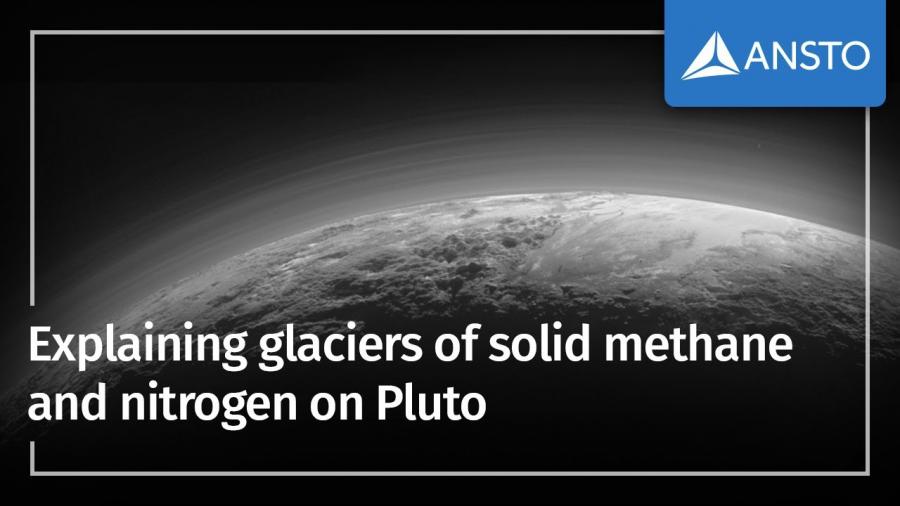
3D X-ray and Neutron imaging
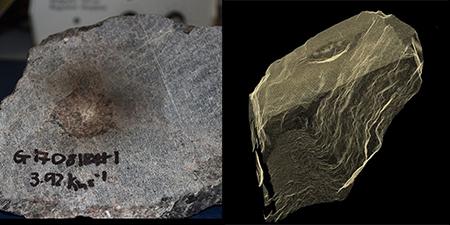
(Left) Exemplar hypervelocity impact crater and (right) 3D X-ray computed tomography reconstruction of the crater
The power of high energy X-rays on the Imaging and Medical beamline and the unique interactions of neutrons with materials makes them an insightful tool in high resolution computed tomography imaging of planetary materials using the Dingo neutron imaging instrument. Examples include modelling of planetary impacts and mineral grain alignment in meteorites.
Simultaneous Near IR spectroscopy with powder diffraction
Near IR spectroscopy has become the go-to analysis method for understanding planetary surfaces, particularly how water incorporates into the surface. However the intrinsic broad spectra can be challenging to interpret, even with an extensive spectral library and particularly with materials that need to be synthesised to generate the spectra.
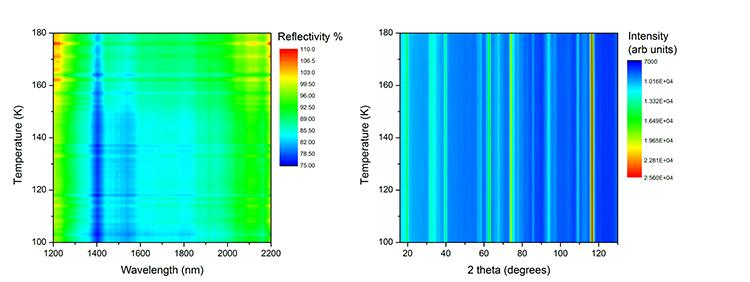
Combining laboratory spectra with powder diffraction allows for unambiguous determination of the contents of library spectra, as well as allowing other physical parameters to be extracted simultaneously. For more information see Maynard-Casely et al 2017. What you see and what you get: combining near-infrared spectroscopy with powder diffraction. Powder Diffraction, 32(S2), pp.S3-S8.
Inelastic neutron scattering can provide information about the dynamic processes in solids materials, such as a recent study on an advanced material for the thermoelectric conversion of waste heat into electricity to power space probes. It is available on the Emu - High resolution backscattering spectrometer, Taipan- Thermal triple axis spectrometer, Sika - Cold Triple Axis spectrometer and Pelican - Time of flight spectrometer.
Far-infrared techniques are helpful to study phases of gases that might be present the atmosphere of a planet or moon.
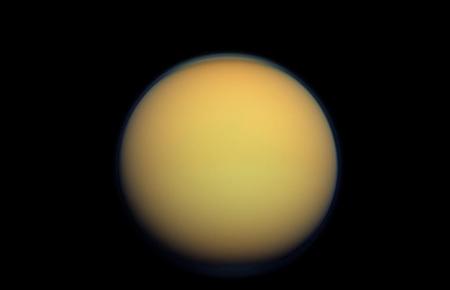
The THz Far Infrared beamline was used to recreate the atmosphere of Titan, which is mostly nitrogen and methane. Read more
In addition to assisting with the operation of instruments, ANSTO scientists coordinate a Planetary materials project and undertake their own research relating to materials that might be found on the icy moons of the outer planets, these include; jarosite minerals found on the surface of Mars, the composition of meteorites; determining the spectral and physical properties of other planetary materials and investigating the nature of planetary materials found at great depths under enormous pressures.
For further information contact:
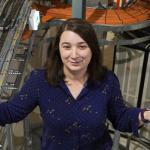
Dr Helen Brand

Dr Helen Maynard-Casely
